
- Startups Funding
-
Services
SERVICES WE EXCEL AT
TECHNOLOGY- Software Development and Custom Solutions
- E-commerce Solutions
- Gaming Development
- Product Design Services
- Cloud Infrastructure Setup and Management
- IT Consulting and Project Management
- Software Testing
- Machine Learning Services
- New Age Technologies Development
- AI Research and Development
- SaaS Development Services
- Technology Training and Workshops
OTHERSMARKETING- Lead Generation and Nurturing:
- Offline Marketing
- Content Creation and Management
- Email Marketing
- Content Strategy and Planning
- Online Reputation Management
- Brand Strategy and Positioning
- Market Research and Analysis
- Consumer Research and Insights
- Media Outreach and Relationship Management
- Crisis Communication Management
- Marketing Automation Strategy
- Marketing Funnel Development
- Customer Relationship Management (CRM) Integration
Bizionic, Startup to Unicorn’s Lab
Highly skilled software developers, designers, and marketers at one stop to build cost-effective solutions for business of all sizes, from startups to unicorns.
or email us at
For Tech Staffing:
Human Capital Management:hcm@bizionictech.com
For Sales and Collaborations:
Let's Build Together:info@bizionictech.com
-
Industries
INDUSTRIES WE SERVE
- Startups Ecosystem
- Real Estate
- E-Commerce
- B2B Solutions
- B2C Solutions
- Healthcare
- Travel & Hospitality
- Banking & Finance
- Media & Publishing
- Education and E-Learning
- Food & FMCG
- Automotive
- Retail and E-Commerce
- Manufacturing
- Telecommunications
- Energy and Utilities
- Government
- Nonprofits
- Professional Services
- SaaS (Software as a Service)
- Consumer Electronics
- Fashion and Apparel
- Agriculture
- Bizionic Team
- Mobile Push Notifications
- Web Push Notifications
- In App Notifications
- Email Notifications
- SMS Notifications
- Journey Notifications
- Acceptable Policy
- Cookies Policy
- Privacy Policy
- Apply Now Form
- Funding Apply Now Form
- Startup Mvp
- Startup Design Experience
- Startup Aws Consulting
- thankyou
- jobid
Bizionic, Startup to Unicorn’s Lab
Highly skilled software developers, designers, and marketers at one stop to build cost-effective solutions for business of all sizes, from startups to unicorns.
or email us at
For Tech Staffing:
Human Capital Management:hcm@bizionictech.com
For Sales and Collaborations:
Let's Build Together:info@bizionictech.com
- Portfolio
- Blogs
- Get free Consultation
- About Us
-
Hire Talent
DEVELOPERS
HIRE BACK-END DEVELOPMENTHIRE FRONT-END DEVELOPMENTHIRE BLOCKCHAIN DEVELOPERSHIRE MOBILE APP DEVELOPERSHIRE DATA SCIENCEHIRE OTHER DEVELOPERSMARKETERS
HIRE MARKETING TEAM- Marketing Manager
- Digital Marketing Specialist
- SEM (Search Engine Marketing) Specialist
- SEO (Search Engine Optimization) Specialist
- PPC (Pay-Per-Click) Google Ads Specialist
- Social Media Manager
- Content Marketer
- Product Marketing Manager
- Influencer Marketer
- Market Research Analyst
- Public Relations (PR) Specialist
- Email Marketing Specialist
- Marketing Coordinator
- Marketing Communications Specialist
Bizionic, Startup to Unicorn’s Lab
Highly skilled software developers, designers, and marketers at one stop to build cost-effective solutions for business of all sizes, from startups to unicorns.
or email us at
For Tech Staffing:
Human Capital Management:hcm@bizionictech.com
For Sales and Collaborations:
Let's Build Together:info@bizionictech.com
-
Marketing
MARKETING SERVICES WE PROVIDE
MARKETING & MEDIAUI/UX SERVICES360 E-COMMERCE SOLUTIONSOthersLEAD GENERATION & CROBizionic, Startup to Unicorn’s Lab
Highly skilled software developers, designers, and marketers at one stop to build cost-effective solutions for business of all sizes, from startups to unicorns.
or email us at
For Tech Staffing:
Human Capital Management:hcm@bizionictech.com
For Sales and Collaborations:
Let's Build Together:info@bizionictech.com
-
Technologies
TECHNOLOGIES WE MASTER
TECHNOLOGIESBizionic, Startup to Unicorn’s Lab
Highly skilled software developers, designers, and marketers at one stop to build cost-effective solutions for business of all sizes, from startups to unicorns.
or email us at
For Tech Staffing:
Human Capital Management:hcm@bizionictech.com
For Sales and Collaborations:
Let's Build Together:info@bizionictech.com
-
Cloud Consulting Services
cloud computing services
- AWS Cloud Consulting Services
- Azure Cloud Consulting Services
- Oracle Cloud Infrastructure (OCI)
- Cloud Migration Services
- Cloud Managed Services
- Hybrid Cloud Consulting Services
- Private Cloud Consulting Services
- DevOps as a Service
- IoT Consulting Services
- Backup Services
- Cloud Diaster Recovery
- Code Audit
- System and Technology Audit
Bizionic, Startup to Unicorn’s Lab
Highly skilled software developers, designers, and marketers at one stop to build cost-effective solutions for business of all sizes, from startups to unicorns.
or email us at
For Tech Staffing:
Human Capital Management:hcm@bizionictech.com
For Sales and Collaborations:
Let's Build Together:info@bizionictech.com
-
Security Solutions
SECURITY SOLUTIONS
CYBERSECURITY CONSULTINGDATABASE SECURITYAPPLICATION SECURITYCOMPLIANCE AS A SERVICECLOUD SECURITY
ORACLE(OCI)- Identity and Access Management
- Infrastructure security-Database using Data Safe
- Infrastructure security-Storage
- Infrastructure security-Compute
- Infrastructure security-Network Security
- Infrastructure security-Network-Load Balancer-Certificates
- Infrastructure security-Network-Firewall
- Key Management - OCI Valut
- Cloud Security Posture Management - Oracle Cloud Guard
- Application security - Web Application Firewall(WAF)
- Oracle Cloud Security Operations
Bizionic, Startup to Unicorn’s Lab
Highly skilled software developers, designers, and marketers at one stop to build cost-effective solutions for business of all sizes, from startups to unicorns.
or email us at
For Tech Staffing:
Human Capital Management:hcm@bizionictech.com
For Sales and Collaborations:
Let's Build Together:info@bizionictech.com
- Notification Center
- Startup
- VoicewNotification
- IoT Notification
- Google Adverts and PPC
- Job Opportunities
- Startups Funding
-
Services
SERVICES WE EXCEL AT
TECHNOLOGY- Software Development and Custom Solutions
- E-commerce Solutions
- Gaming Development
- Product Design Services
- Cloud Infrastructure Setup and Management
- IT Consulting and Project Management
- Software Testing
- Machine Learning Services
- New Age Technologies Development
- AI Research and Development
- SaaS Development Services
- Technology Training and Workshops
OTHERSMARKETING- Lead Generation and Nurturing:
- Offline Marketing
- Content Creation and Management
- Email Marketing
- Content Strategy and Planning
- Online Reputation Management
- Brand Strategy and Positioning
- Market Research and Analysis
- Consumer Research and Insights
- Media Outreach and Relationship Management
- Crisis Communication Management
- Marketing Automation Strategy
- Marketing Funnel Development
- Customer Relationship Management (CRM) Integration
Bizionic, Startup to Unicorn’s Lab
Highly skilled software developers, designers, and marketers at one stop to build cost-effective solutions for business of all sizes, from startups to unicorns.
or email us at
For Tech Staffing:
Human Capital Management:hcm@bizionictech.com
For Sales and Collaborations:
Let's Build Together:info@bizionictech.com
-
Industries
INDUSTRIES WE SERVE
- Startups Ecosystem
- Real Estate
- E-Commerce
- B2B Solutions
- B2C Solutions
- Healthcare
- Travel & Hospitality
- Banking & Finance
- Media & Publishing
- Education and E-Learning
- Food & FMCG
- Automotive
- Retail and E-Commerce
- Manufacturing
- Telecommunications
- Energy and Utilities
- Government
- Nonprofits
- Professional Services
- SaaS (Software as a Service)
- Consumer Electronics
- Fashion and Apparel
- Agriculture
- Bizionic Team
- Mobile Push Notifications
- Web Push Notifications
- In App Notifications
- Email Notifications
- SMS Notifications
- Journey Notifications
- Acceptable Policy
- Cookies Policy
- Privacy Policy
- Apply Now Form
- Funding Apply Now Form
- Startup Mvp
- Startup Design Experience
- Startup Aws Consulting
- thankyou
- jobid
Bizionic, Startup to Unicorn’s Lab
Highly skilled software developers, designers, and marketers at one stop to build cost-effective solutions for business of all sizes, from startups to unicorns.
or email us at
For Tech Staffing:
Human Capital Management:hcm@bizionictech.com
For Sales and Collaborations:
Let's Build Together:info@bizionictech.com
- Portfolio
- Blogs
- Get free Consultation
Hire Top Print Designers in Detroit, MI
Bizionic exhibition designer specializes in creating engaging and immersive exhibition experiences. They combine artistic creativity, spatial design knowledge, and storytelling techniques to design exhibition spaces that effectively communicate information, engage visitors, and create memorable experiences.

Why hire Exhibition Designers from BIZIONIC
Exhibition designers play a crucial role in creating immersive and engaging exhibition experiences that captivate visitors and effectively convey information and stories. Their expertise in spatial design, storytelling, interactive technologies, and visual communication contributes to the successful realization of exhibitions in museums, galleries, trade shows, and other public spaces.
Familiarity with Technology Stack
Domain Knowledge
Collaboration and Synergy
Company Culture Fit
Knowledge Transfer and Continuity
Cost and Time Savings
Here are some common uses of Exhibition designers
Concept Development
Exhibition designers collaborate with clients or curators to develop the overarching concept and narrative for the exhibition. They work to understand the goals, themes, and intended audience of the exhibition and translate them into a cohesive design concept.
Space Planning And Layout Design
Exhibition designers consider the available space and layout of the exhibition venue. They create floor plans and determine the arrangement of exhibits, pathways, seating areas, and interactive elements to optimize the flow of visitors and create a visually appealing and functional exhibition space.
Storytelling And Information Design
Exhibition designers use visual storytelling techniques to effectively communicate the exhibition's content and messages. They create visually compelling graphics, signage, labels, and text panels that engage visitors, provide context, and convey information in a clear and engaging manner.
Interactive And Multimedia Elements
Exhibition designers integrate interactive elements and multimedia technologies into the exhibition design. They create interactive displays, touchscreens, audiovisual installations, and immersive experiences that enhance visitor engagement and create a dynamic and memorable exhibition environment.
Lighting Design
Exhibition designers utilize lighting techniques to enhance the visual impact of exhibits and create the desired mood and atmosphere. They consider factors such as highlighting key objects, creating focal points, and ensuring proper lighting levels for optimal viewing and ambiance.
Material And Prop Selection
Exhibition designers select appropriate materials, finishes, and props that complement the exhibition's theme and enhance the overall visual aesthetic. They consider factors such as durability, authenticity, and suitability for the exhibition context.
Graphic Design And Branding
Exhibition designers create graphic designs that align with the exhibition's branding and visual identity. They design logos, promotional materials, banners, and other graphic elements that create a cohesive visual language throughout the exhibition.
Wayfinding And Signage Design
Exhibition designers develop wayfinding systems and signage that guide visitors through the exhibition space. They ensure that signage is clear, easily understandable, and visually integrated into the overall design, helping visitors navigate the exhibition seamlessly.
Accessibility Considerations
Exhibition designers take into account accessibility considerations to ensure that the exhibition is inclusive and can be enjoyed by all visitors. They consider factors such as wheelchair accessibility, visibility for individuals with visual impairments, and multi-sensory experiences for a diverse audience.
Hire Exhibition Designers in 4 Easy Steps
Tell us what you need
We'll get in touch with you to understand your requirements and preferences.
Meet the top talent
Get 3 to 5 suitable, pre-vetted candidates in 48 hours.
Interview with ease
Choose the candidate that aligns with your needs and we'll arrange an interview.
Hire with confidence
Once you decide, we'll take care of the onboarding process for you.
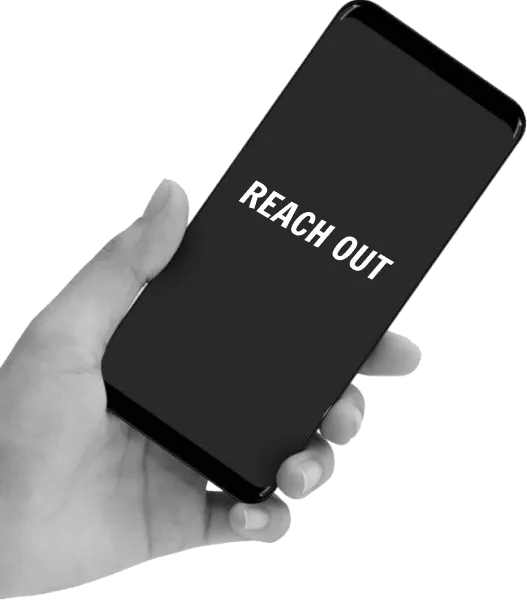
BIZIONIC in brief
- 10+ Years of Expertise
- 250+ Developers and Marketers
- 25+ Project Manager's Team
- 50M+ Users of Solutions
- 1000K+ Development Hours
We invite you to a no-obligation meeting with the candidate to assess their expertise and suitability for your project. This meeting allows you to evaluate their qualifications, technical proficiency, and administer an assessment test to ensure alignment with your requirements and determine their capabilities.
Exhibition Designer
Please fill the form and our representative will get back to you.
Our Latest Work
Our success stories
Our Blogs
Access 100+ resources for modern tech insights and digital transformation. New tech insights on apps, software, marketing, and more!

How to Choose the Digital Marketing Outsourcing Partner


Choosing the Best: Qualities of an Outstanding SEO Consultant


Learning Analytics: Marketing Tools Based on Data

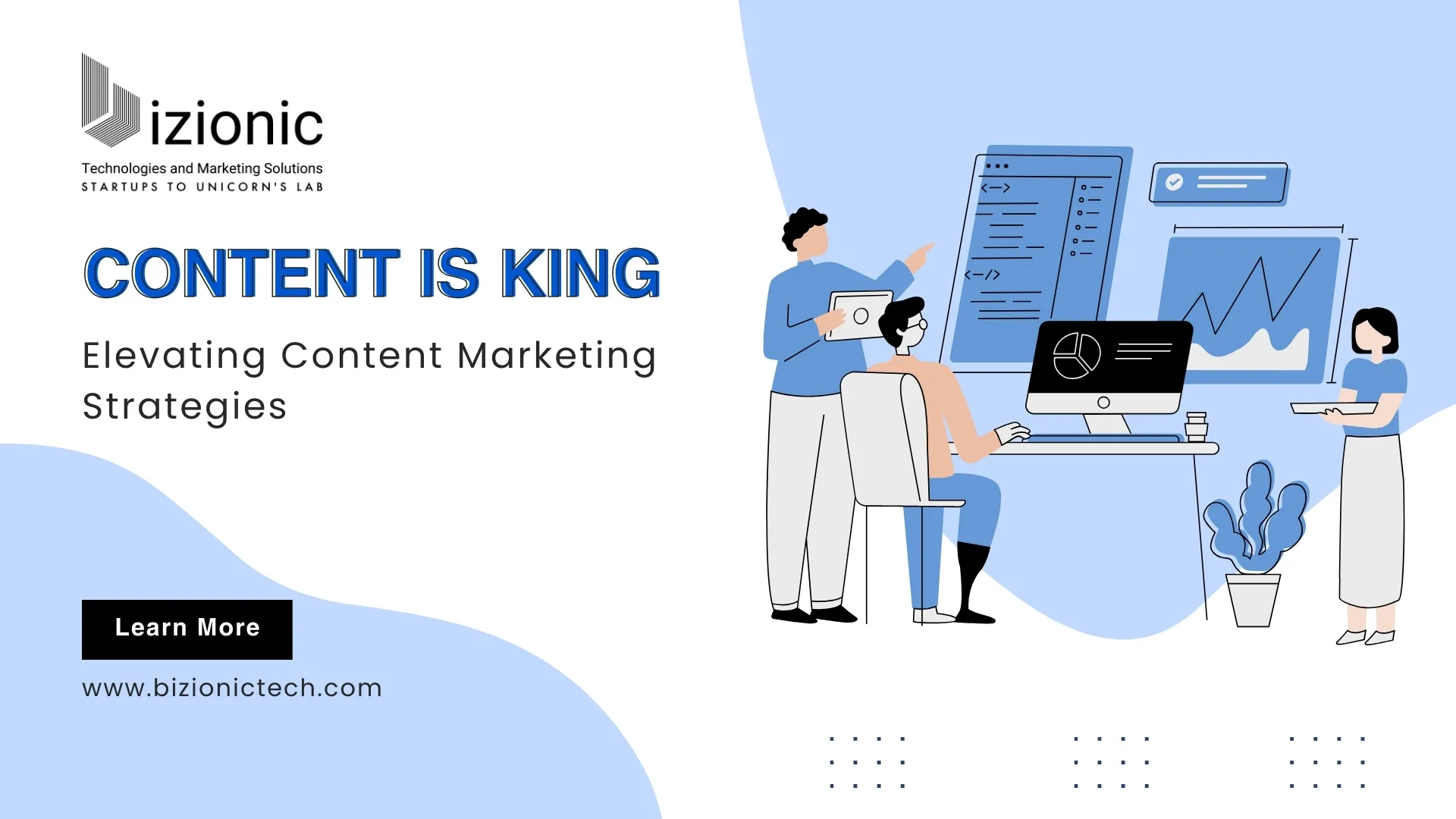
Content is King: Elevating Content Marketing Strategies

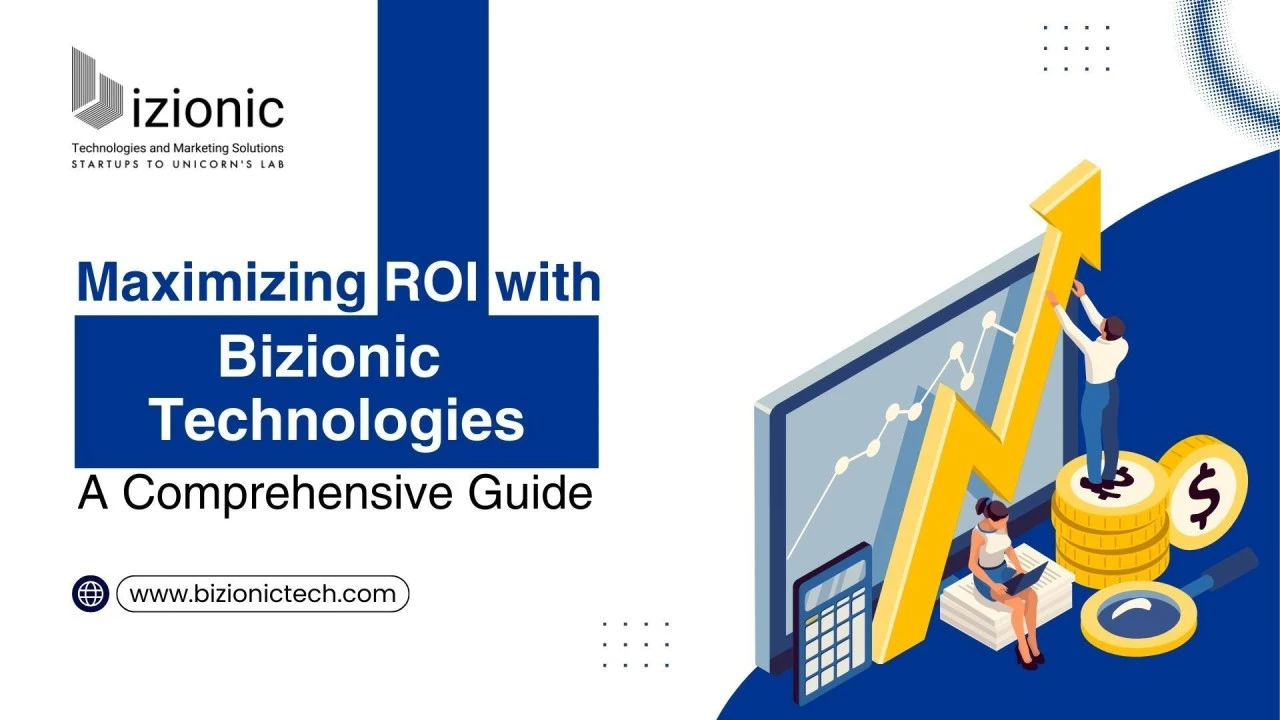
Maximizing ROI: Unleash Bizionic Technologies for Success


How Can a Top-Tier Social Media Agency Help Your Business?

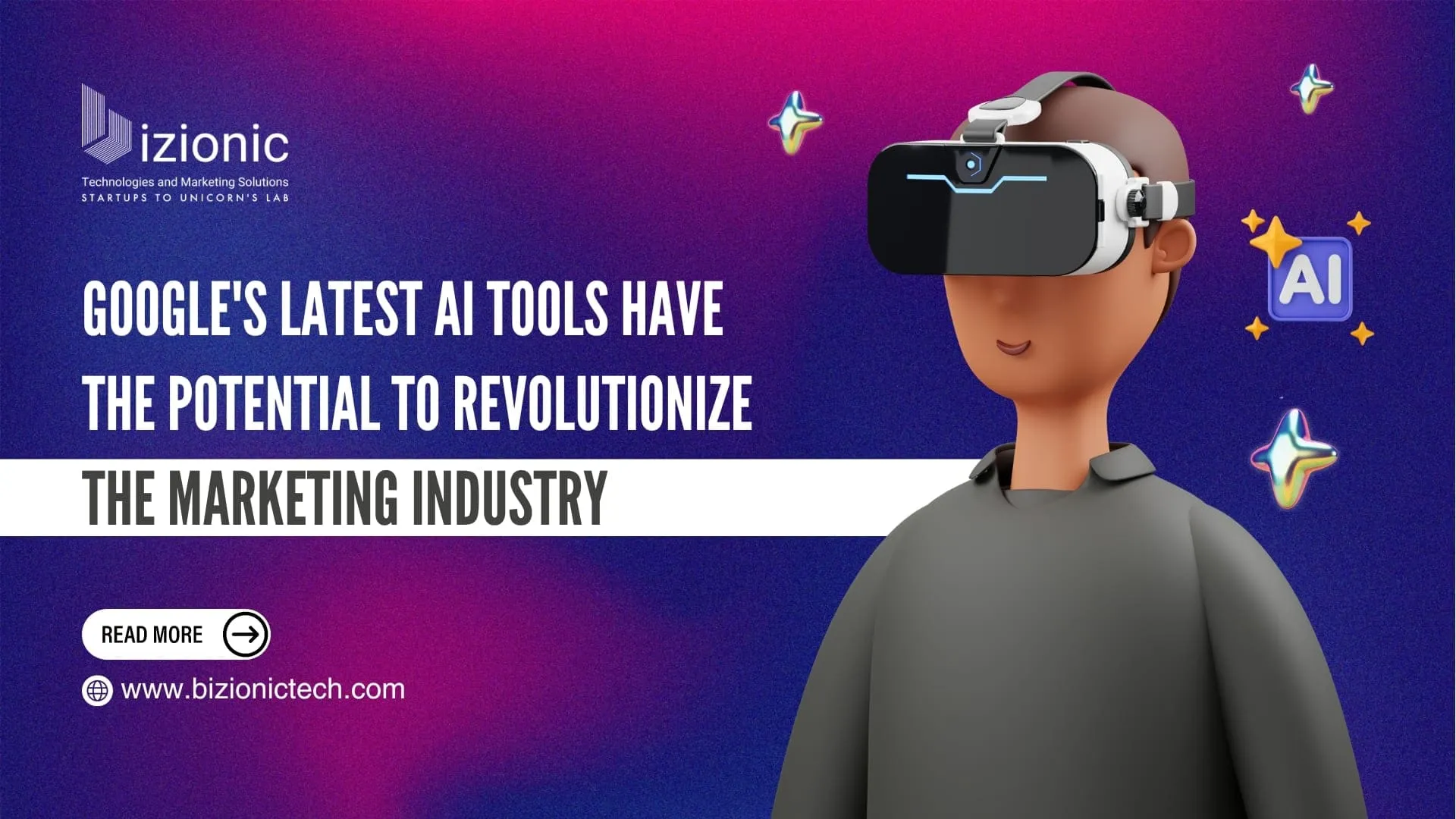
Google's New AI Tools Could Change the Marketing Industry


The Impact of Artificial Intelligence in Digital Marketing


Neuromarketing Marvels: Hacking the Consumer Brain

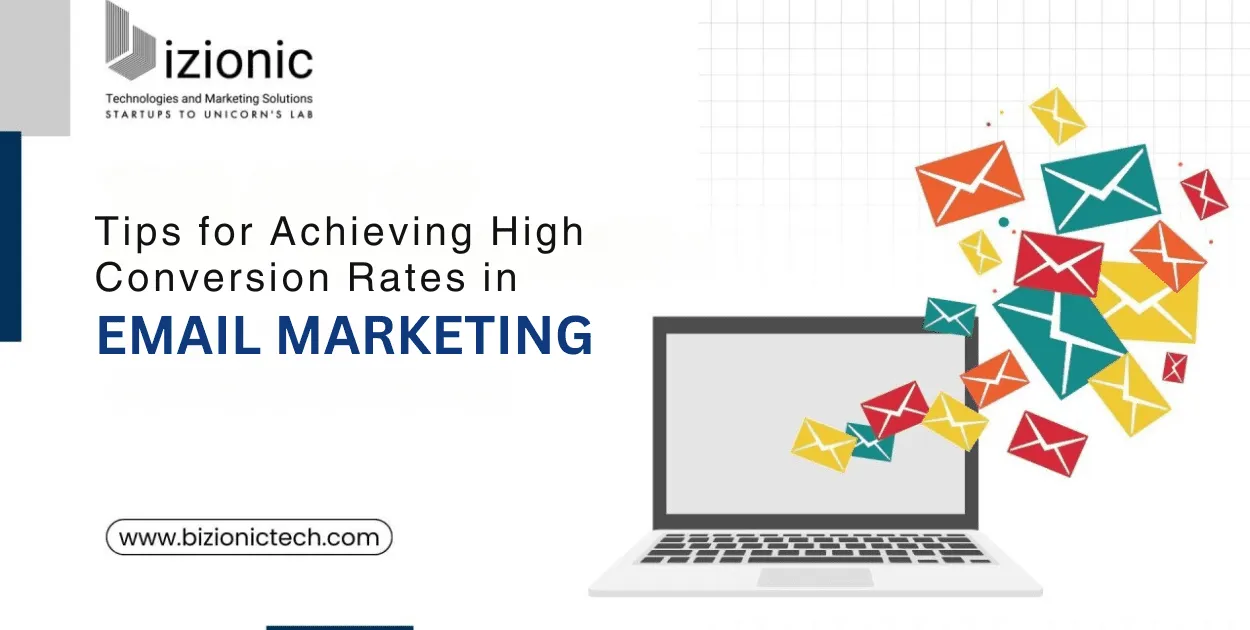
Tips for Achieving High Conversion Rates in Email Marketing

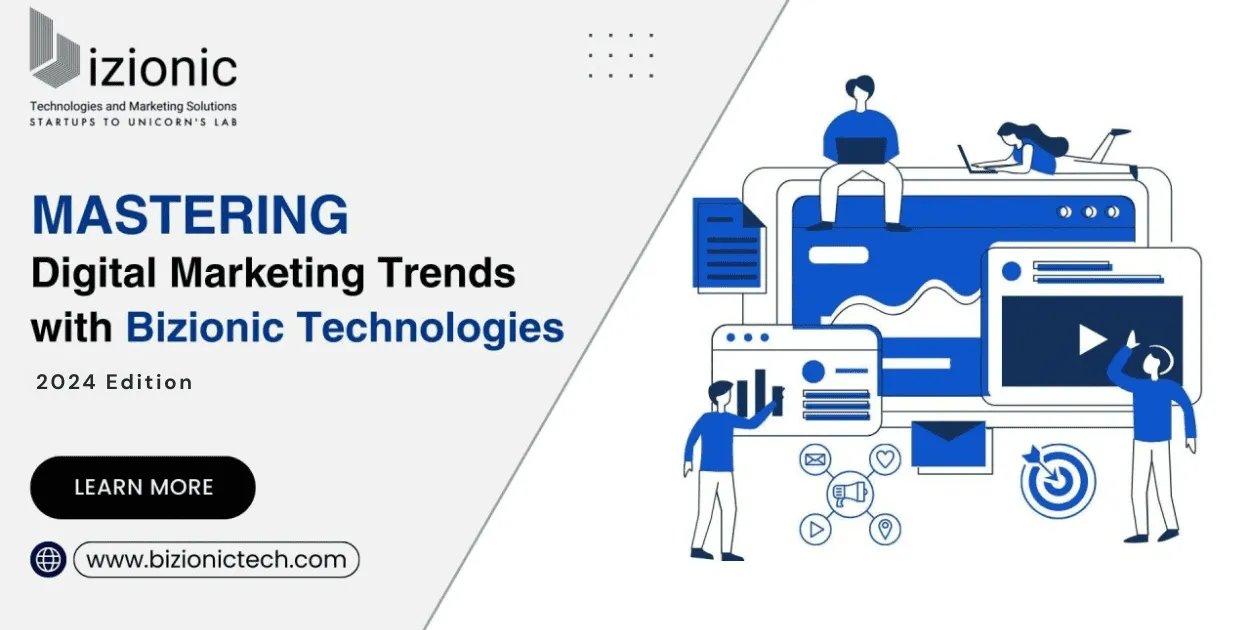
Mastering Digital Marketing Trends with Bizionic Technologies


Reasons for Why Knowing Your TAM Is Crucial?


The Power of AI in Digital Marketing - A Bizionic tech Case Study

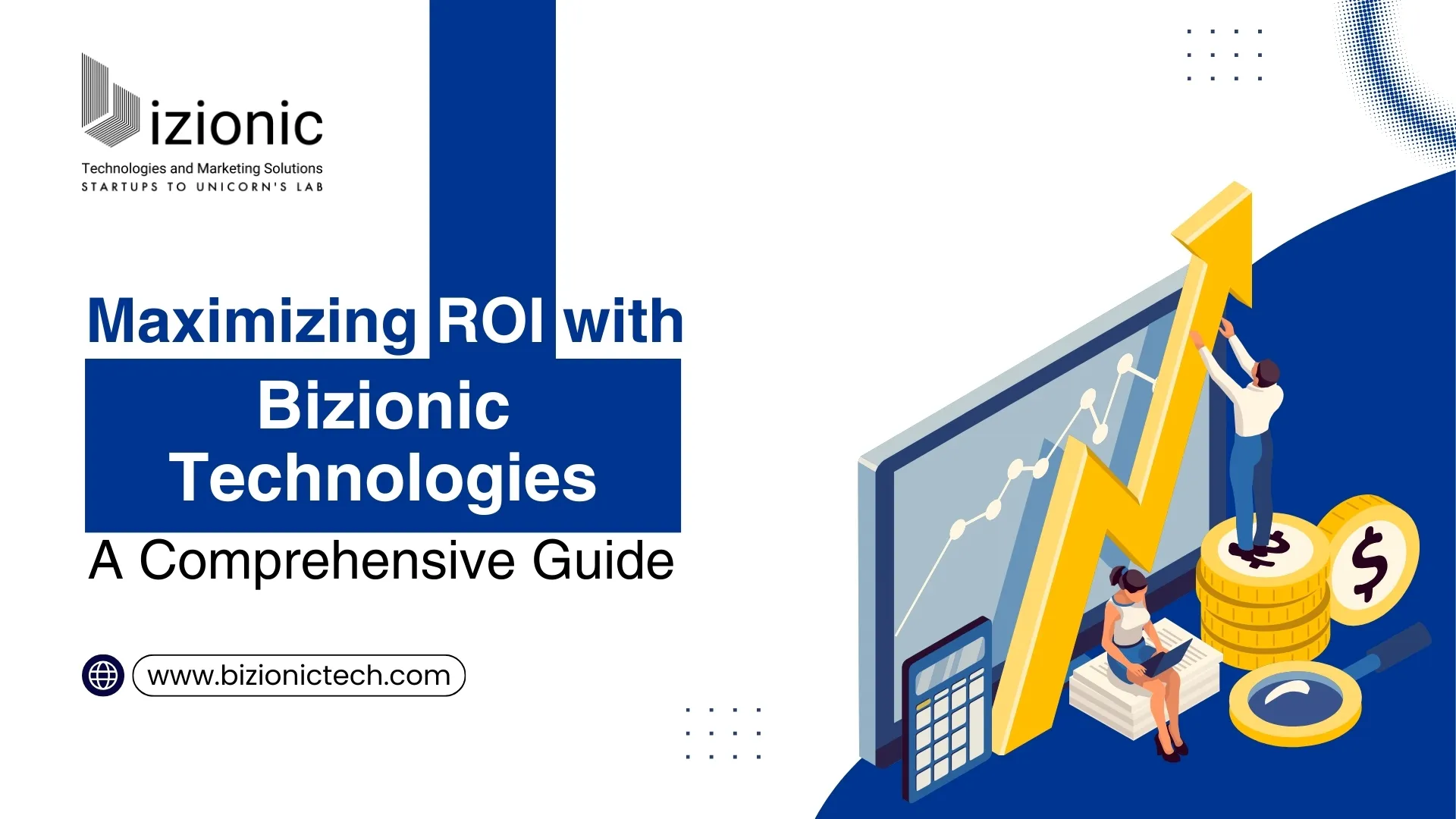
Maximizing ROI with Bizionic Technologies: A Comprehensive Guide


The Art of Email Marketing: Tips for High Conversion Rates


Your Partner in Achieving Social Media Marketing Success

SERVICES
- Progressive Web App Development |
- Mobile App Development |
- Game Development |
- CRM Solutions |
- e-Commerce Development |
- Azure Services |
- Amazon Web Services |
- Data Science and Analytics Services |
- Enterprise Mobility Solutions |
- Cloud Consulting Services |
- Cyber Security |
- Cloud Infrastructure Setup and Management |
- Blockchain Development Services |
- AI Research and Development |
MARKETING
- Search Engine Optimization (SEO) |
- Pay Per Click (PPC) Services |
- Digital Marketing |
- UI/UX Services |
- Video Production |
- Content Marketing |
- Email Marketing |
- Influencer Marketing |
- Brand Marketing |
- E-Commerce Store |
- Payment Gateway |
- Voice Commerce |
- Chatbots Commerce |
- Customer Service Automation |
- Event Management |
- Campaign Monitoring |
- Layout Wireframes |
- Technical Analysis |
- Media Planning And Buying
TECHNOLOGIES
- Symfony |
- Drupal |
- MS Dynamics CRM |
- Salesforce |
- Sugar CRM |
- Shopify |
- SharePoint |
- Android Games |
- iOS Games |
- Website Development |
- Database Management |
- WordPress |
- Craft |
- Magento |
- Magento 2 |
- Quality Analyst |
- Unity 3D |
- Joomla |
- Opencart |
- WooCommerce |
- BigCommerce |
- NopCommerce |
- VirtueMart |
- Zencart
INDUSTRIES
- Startups Ecosystem |
- Real Estate |
- B2B Solutions |
- B2C Solutions |
- Healthcare |
- Travel & Hospitality |
- Banking & Finance |
- Media & Publishing |
- Education & e-Learning |
- Food & FMCG |
- Automotive |
- Retail and E-Commerce |
- Manufacturing |
- Telecommunications |
- Energy and Utilities |
- Government |
- Nonprofits |
- Professional Services |
- SaaS (Software as a Service) |
- Consumer Electronics |
- Fashion and Apparel |
- Agriculture



.webp)
.webp)
.webp)
.webp)
